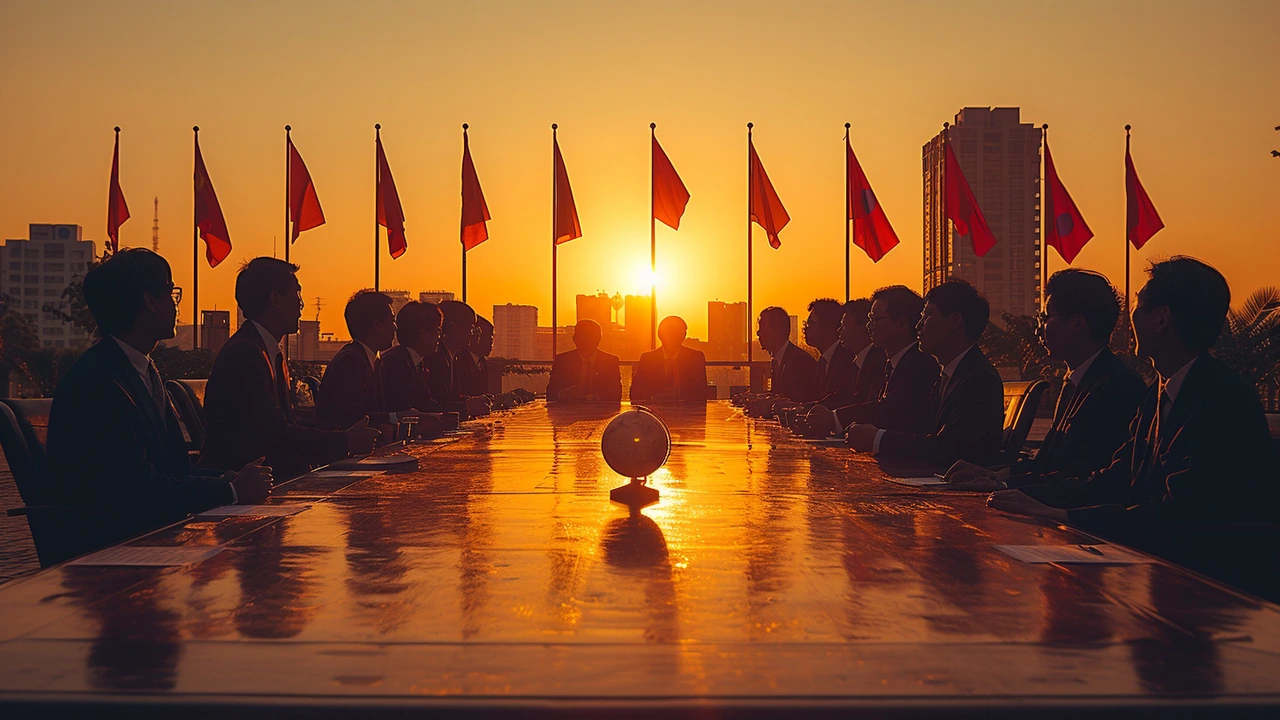Global peace initiatives are not just high-level talks — they shape safety, aid, and futures on the ground. If you care about what keeps fragile places stable, understanding these initiatives helps you see how change actually happens.
At their core, global peace initiatives are coordinated actions by countries, international bodies, and local groups to prevent violence, protect civilians, and support recovery. Think of UN peacekeeping missions, regional mediation teams, humanitarian aid partnerships, and community reconciliation programs. Each plays a specific role: peacekeeping helps hold ceasefires, mediation opens negotiation channels, and development projects tackle root causes like poverty and weak governance.
Who runs these initiatives? The United Nations is the most visible actor with peacekeeping forces and political missions. Regional organizations — African Union, European Union, ASEAN — also lead or support efforts close to home. NGOs and local civil society bring crucial on-the-ground knowledge and trust. Donor governments fund operations, but local leaders decide what actually works in daily life.
How do these initiatives work in practice? Start with prevention: early warning systems and diplomatic pressure can stop conflicts before they erupt. When violence happens, peacekeepers can create safe spaces for civilians and support humanitarian access. Negotiators and mediators push for ceasefires and political deals. After conflict, peacebuilding focuses on rebuilding institutions, training police, supporting elections, and helping former fighters reintegrate.
What makes an initiative succeed or fail? Real voices from affected communities matter. Programs designed without local input often miss priorities and fail. Clear mandates and resources are essential — a peace mission needs tools, funding, and legal backing to act. Coordination is also key: when UN teams, local NGOs, and donors work in silos, efforts waste time and money.
Small examples show real impact. Community dialogue projects reduce local violence by opening communication between rival groups. Joint patrols with local police and international advisors build trust and cut crime. Simple investments — repairing schools, supporting small farms, training teachers — can lower tensions by giving people reasons to stay.
Want to support global peace initiatives? Stay informed, back charities that work locally, and push governments to fund diplomacy and development, not only weapons. If you work in policy or aid, prioritize local leadership, measurable goals, and transparency in budgets.
Early warning and rapid diplomacy stop flare-ups.
Local inclusion and community leadership make programs stick.
Long-term funding for recovery, not just emergency aid.
Protection of civilians as a mission priority.
Clear accountability so perpetrators face justice.
Follow UN briefings, regional think tanks, reputable NGOs, and independent journalists covering the field. Read Peacekeeping News Hub for timely articles, mission analysis, and human stories from the front lines. Ask questions, share verified reports, and support organizations that center local voices.
Peace is messy and slow, but smart global initiatives that listen to local people can make it stick.
Want to read more now? Browse mission profiles, first-person accounts, and policy briefs on Peacekeeping News Hub to deepen your understanding and act today together.

In this post, we'll delve into the multifaceted world of peacekeeping. The piece will elaborate on how peacekeeping operations work under the United Nations and the vital role they play in conflict resolution. We'll also touch on numerous global peace initiatives that have made significant impact. Join me as we unravel the complexity of peacekeeping and its dimensions.
